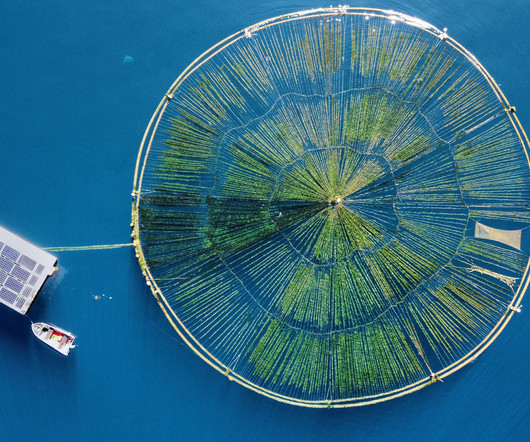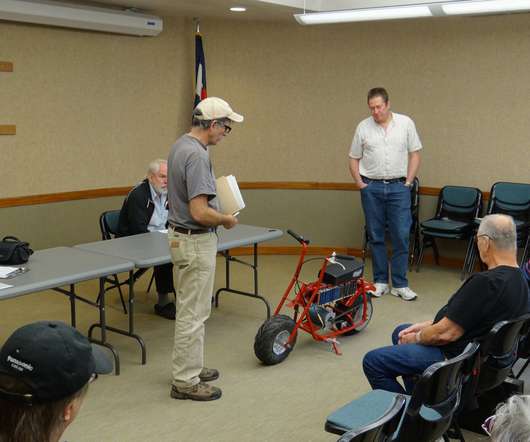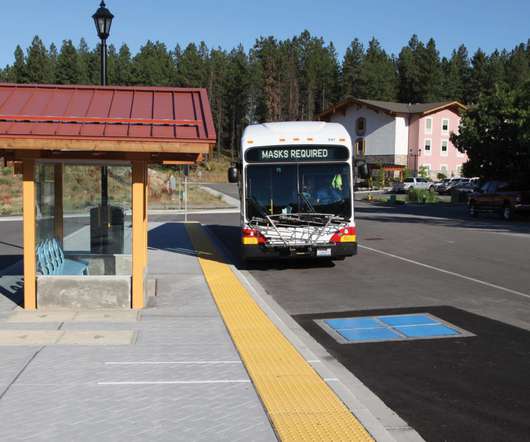Pilot Project Sends Kelp–and Carbon–to the Seafloor
Cars That Think
DECEMBER 21, 2023
The Climate Foundation , the Seattle-based company behind the project, has found that this deep cycling makes kelp grow three times as fast as it can when kept in shallow waters, as seaweed farmers do now. This article is part of our special report Top Tech 2024. The technology is “able to use mostly empty ocean.”












Let's personalize your content